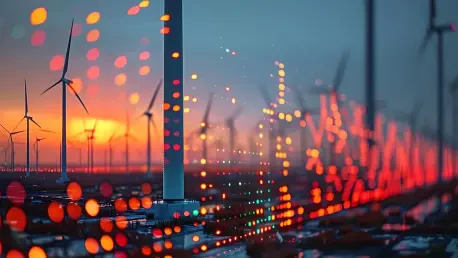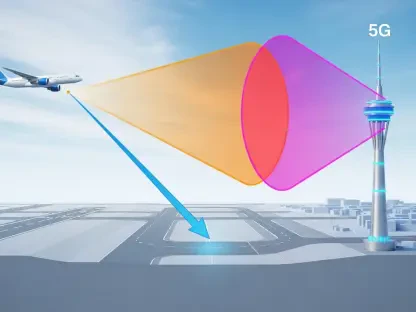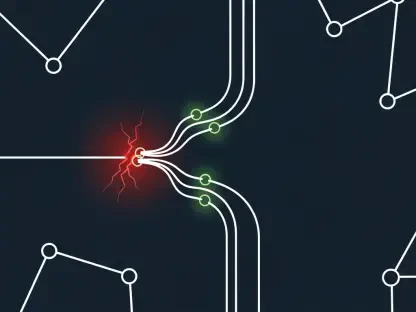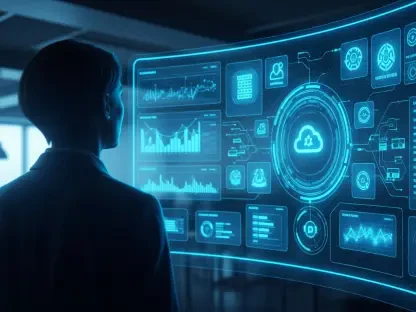As the Northwest region of the United States faces the possibility of a significant surge in electricity demand, the Northwest Power and Conservation Council provides a forecast highlighting key factors in this ongoing transformation. Predominant among these factors are the burgeoning establishment and expansion of data centers, alongside the increasing electrification of transportation and buildings. Green hydrogen production adds another layer to the complexities of regional energy dynamics. This prediction sets the stage for profound shifts in the conventional and renewable energy consumption patterns of states like Oregon, Washington, Idaho, and western Montana over the next two decades, calling for comprehensive strategic planning to address forthcoming challenges and opportunities.
Key Drivers of Energy Demand
The anticipated growth in energy demand across the Northwest owes much to the proliferation of data centers constructed by technology giants like Amazon, Google, and Facebook. Steadily planted in regions such as eastern Oregon and Washington, and sprawling urban landscapes like Portland and Boise, these massive facility operations are driving significant electricity needs in the short term. Although projections affirm their substantial energy consumption until 2046, additional influencing factors signify a broader scope of demand escalation. Data center expansion reflects the exponential growth of digital information processing and storage, highlighting its impact on power requirements. Tech-institute hubs in these concentrated areas will likely sustain their pivotal roles in shaping the energy landscape, underscoring their prominence in regional fiscal and infrastructural discussions.
Impact of Transportation Electrification
Electrification of transportation emerges as a formidable force in reshaping energy demand, with electric vehicles projected to become equally significant as data centers by 2046. Beyond this period, EVs might surpass data centers in demand, illustrating an essential shift towards electrified transport solutions in public and personal spheres. This progression not only demonstrates evolving consumer preferences but also marks a decisive transition to sustainable transport, alleviating reliance on fossil fuels. Consequently, the rise of electric vehicle adoption underscores the need for supportive infrastructure, such as charging stations and grid enhancements, to cater to swift demand changes. The shift signifies a broader commitment to electrification and sustainability in lifestyle adaptations, promising both environmental and economic implications moving forward.
Residential and Commercial Demand Trends
Residential and commercial energy demand are anticipated to rise gradually as modern lifestyles integrate electric transportation solutions. The increase incorporates the energy requirements for charging stations at home and commercial buildings, creating an amalgam between personal living and commercial energy needs. Washington stands out in this forecast, likely rivaling the combined demands of Oregon, Idaho, and Montana due to its higher population density and urban advancement. This signifies regional disparities in energy consumption, demanding tailored approaches in energy planning to address locational necessities. Residential and commercial sectors serve as primary realms for implementing energy-efficient technologies, promising gradual but steady demand growth. The forecast underscores Washington’s pivotal role in balancing regional consumption demands through technology-friendly policies and initiatives.
Renewable Energy and Infrastructure Challenges
Emerging renewable energy sources, such as wind, solar, and geothermal, play essential roles in meeting escalating demands. Despite advancements in these areas, forecasts lack consideration of potential mitigation factors like improvements in energy efficiency and increased rooftop solar installations. This oversight in integrating efficiency advancements highlights the complexities involved in accommodating energy needs effectively. Concurrently, challenges persist in transmission constraints within grids and infrastructure delayed scaling due to supply chain issues. These hurdles pose threats to efficiently aligning energy production with rising demands. Strategic approaches must include innovations in grid management and infrastructure scalability, leveraging advanced technologies to create harmony between energy supply and demand. Tackling these challenges dictates future infrastructure investments, driving a comprehensive energy evolution.
Strategic Planning and Environmental Concerns
As the Northwest of the United States braces for a potential surge in electricity demand, the Northwest Power and Conservation Council delivers a critical forecast addressing key factors influencing this shift. Central to these changes are the robust growth and expansion of data centers, coupled with the growing electrification of transportation systems and residential and commercial buildings. Adding to this intricacy is the production of green hydrogen, further complicating the region’s energy dynamics. This outlook anticipates substantial alterations in both conventional and renewable energy use in areas like Oregon, Washington, Idaho, and western Montana throughout the next twenty years. These projections underscore the necessity for thorough strategic planning to effectively tackle forthcoming challenges and seize opportunities in energy consumption, balancing both sustainable supply and demand to ensure stability and growth in the region’s energy landscape.









